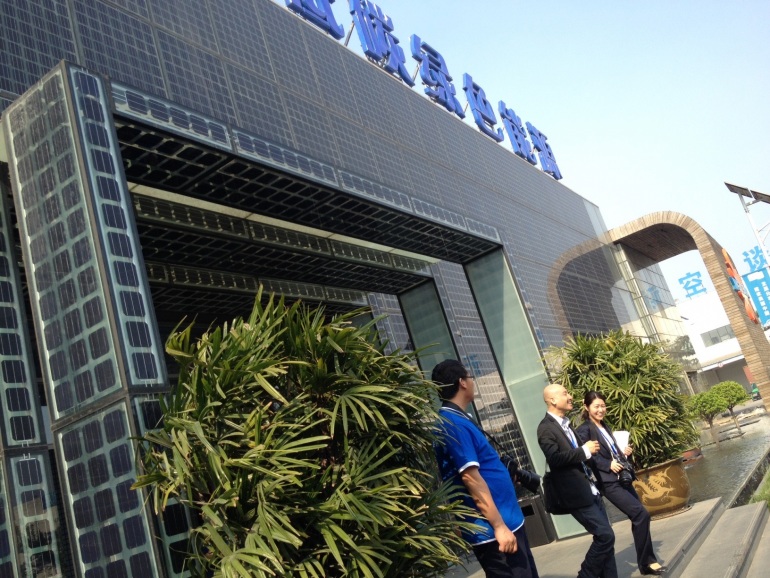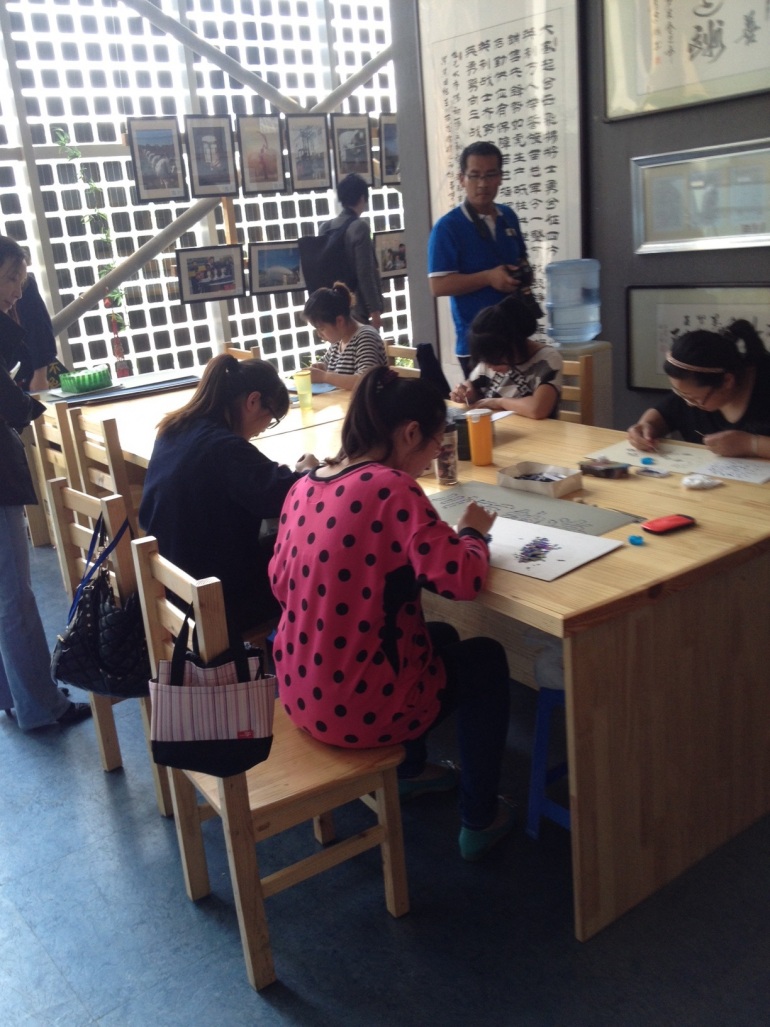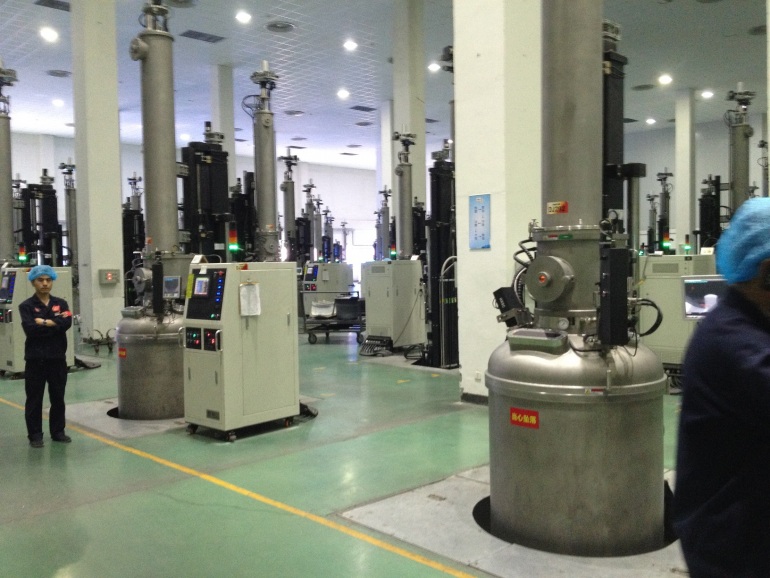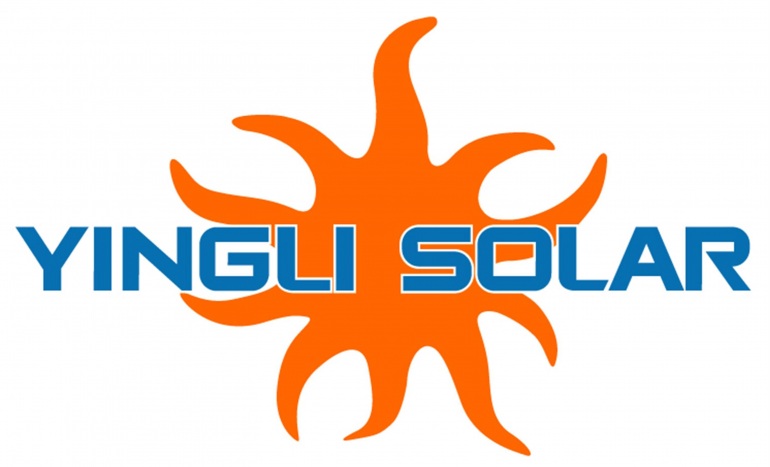Inside the world's biggest solar company

Flying into the haze of northeast China, one can confidently say humans have harnessed the ability to affect the climate.
Climate Spectator has been given the opportunity to peek inside the heart of the world’s most exciting industry. The clean energy sector is certainly that at the moment – simultaneously working to save us from dangerous climate change while also promising to deliver energy in a cheaper, more aesthetic (for most!) and healthier way.
And so far solar is proving to be the, ahem, star of renewables and the company with the biggest market share is Yingli, based in Baoding, China.
Its ascension to the stop of the PV pile is not an untypical tale of Chinese progress – a developing nation factory for the developed world.
But it’s made somewhat more curious for being founded by an enigmatic entrepreneur, who presciently switched from the cosmetics business to solar photovoltaics in the late 90s (and also for featuring a logo so childlike and amateur-looking it’s amazing anyone buys a Yingli product at all).
Baoding lies 140km south of Beijing, straight down the epic Jingshi Expressway. After three hours on the road, we hit the outskirts of this fast-growing megatropolis, China's seventh biggest and third most polluted, where the headquarters of the world’s largest solar company emerges beside the exhaust-choked freeway like an ironic joke.
Yingli’s Baoding base is one of four production sites in China which altogether shipped 3.2 GW of modules in 2013 (nearly 10 per cent of the global market) and is home of one of the company’s three solar research labs (the others are in Spain and the US) overseen by University of NSW research alumni and Yingli chief technology officer Dengyuan Song.
It is very much a creation of its founder, the aforementioned entrepreneur Liansheng Miao, who is known among his employees for, among other things, his penchant for basketball (courts dot the production site), his workplace fish pond which supplies produce for company-hosted dinners and being the first person to ring the opening bell on Wall Street without a tie.
Yingli staff speak enthusiastically of the company, it appears on the surface to be a genuinely progressive workplace. Employees start the day at 7am with an hour of activity, whether it be dance, exercise or, occasionally, singing. Delegations from other productions sites visit Baoding to see the company’s headquarters, while staff are also given time to practise and display their art, preferably solar themed, at the company’s solar museum. Here too they are given time off to tackle ‘PV mosaics’ while the company also promotes a moral code for both inside and out the workplace (Yingli staff are easily recongnisable around Baoding in their strictly enforced uniform policy of blue overalls for factory staff and blue polo for office staff workers.

ABOVE: Yingli employees in the company's museum art studio. BELOW: Scores of silicon furnaces melt ingots for cell slicing; a visitor looks at the company's overseas markets on a board in the 'solar museum'. BOTTOM: Yingli's maligned logo.


The site is complemented by its Power Valley International Hotel and conference hall, coated in solar panels, including the company’s transparent cells across windows and skylights, it generally produces 10 per cent of the facility’s power, ticking along at 115 kW capacity when we arrive.
The factories spread over hectares. After we see the silicon furnaces, where extreme temperatures melt ingots for cell slicing, we travel by cart to the cell shaping facility where security prevents photographs and strict hygiene rules are enforced as young engineers take us through the multi-step wafer efficiency process which involves cleaning, slicing and dicing for optimal sunlight absorption (Yingli’s popular Panda brand cell presently delivers 21 per cent efficiency, the highest production efficiency in China).
From there we are carted to the module factory, where workers but mainly machines combine the aluminium frames and solar cells to create the finished modules.
It’s a highly automated environment where most of the machines are sourced from Germany, then Japan, and “a few” from China, a Yingli employee tells us.
At a meeting with executives, Yingli chief financial officer Yiyu Wang says the company expects its China market to grow, from 22 per cent in 2011 to beyond 34 per cent this year, on the back of utility projects while Japan’s post-Fukushima solar boom will continue with the company expecting a 200 per cent shipment growth there this year following a staggering 583 per cent rise, to 233 MW, last year. Yingli management also sees unsubsidised solar already at grid-parity in places such as South East Asia and Mexico.
The company is also pushing its brand name, which sits just third behind SMA and Sharp as the best-known names in solar. Indeed, it likely the reason we are here, as the company is doubling down on its marketing strategy by signing on as a second-tier sponsor for this year’s World Cup in Brazil, where the unique Yingli logo will be seen on billions of TVs alongside global brand behemoths like McDonalds, Castrol, Budweiser and Johnson & Johnson (its pitch fencing signs will be the first to feature Chinese characters at a World Cup).
Like its peers, Yingli has just endured three years of red ink as the cost of solar technology plummeted 80 per cent over the past four years and as companies in China, the US, Canada and Japan battled for market dominance. And while its rivals have been generally returning to profit in the last two quarters, Yingli is determined to risk disaster by remaining loss-making for a little while yet as it attempts to hold onto its nearly 10 per cent global market share.
Yingli won’t say how much World Cup sponsorship is costing, but it says the last minute decision to invest in the South African event four years ago reaped the equivalent of a $US25 million advertising spend, so with better preparations, including contributing panels to stadiums, solar-powered ‘info centres’ for patrons and wireless charging stations for media and VIPs across the event it’s hoping for more bang for its buck.
But in smoke-choked Baoding, where a pure white haze is a good day (yellow is bad), Mr Miao is optimistic about the big picture.
“I believe solar will grow in the long run. Solar power continues to develop – there are new products, services, for every home. People can get up close and personal with solar. I don’t believe nuclear can do that.”

*Next week Climate Spectator reveals Yingli chief technology officer Dengyuan Song’s take on the current state of solar technology.
**The author’s trip to Baoding was paid for by Yingli.
















